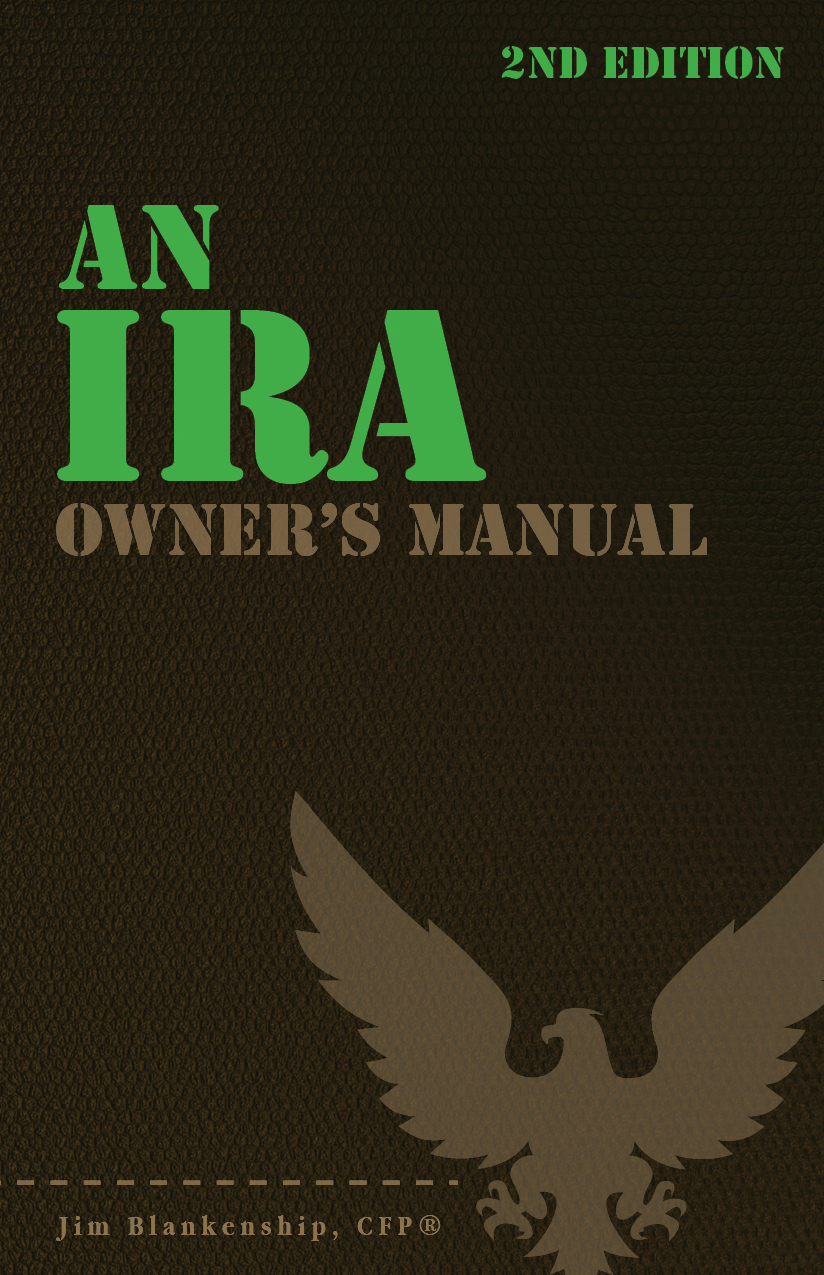 2010 IRA MAGI Limits for a Filing Status of Married Filing Separately
2010 IRA MAGI Limits for a Filing Status of Married Filing Separately
Note: for the purposes of IRA MAGI qualification, a person filing as Married Filing Separately, who did not live with his or her spouse during the tax year, is considered Single and will use the information on that page to determine eligibility.
For a Traditional IRA (Filing Status Married Filing Separately):
If you are not covered by a retirement plan at your job and your spouse is not covered by a retirement plan, there is no MAGI limitation on your deductible contributions.
If you are covered by a retirement plan at your job and your MAGI is less than $10,000, you are entitled to a partial deduction, reduced by 50% for every dollar (or 60% if over age 50), and rounded up to the nearest $10. If the amount works out to less than $200, you are allowed to contribute at least $200.
If you are covered by a retirement plan at your job and your MAGI is more than $10,000, you are not entitled to deduct any of your traditional IRA contributions for tax year 2010. You are eligible to make non-deductible contributions, up the annual limit, and those contributions can benefit from the tax-free growth inherent in the IRA account.
If you are not covered by a retirement plan but your spouse is, and your MAGI is less than $10,000, you are entitled to a partial deduction, reduced by 50% for every dollar over the lower limit (or 60% if over age 50), and rounded up to the nearest $10. If the amount works out to less than $200, you are allowed to contribute at least $200.
Finally, if you are not covered by a retirement plan but your spouse is, and your MAGI is greater than $10,000, you are not entitled to deduct any of your traditional IRA contributions for tax year 2010. You are eligible to make non-deductible contributions, up the annual limit, and those contributions can benefit from the tax-free growth inherent in the IRA account.
For a Roth IRA (Filing Status of Married Filing Separately):
If your MAGI is less than $10,000, your contribution to a Roth IRA is reduced ratably by every dollar, rounded up to the nearest $10. If the amount works out to less than $200, you are allowed to contribute at least $200.
If your MAGI is $10,000 or more, you can not contribute to a Roth IRA.
Photo by mikebaird

 2010 IRA MAGI Limits for a Filing Status of Single or Head of Household
2010 IRA MAGI Limits for a Filing Status of Single or Head of Household 2010 IRA MAGI Limits for a Filing Status of Married Filing Jointly or Qualifying Widow(er)
2010 IRA MAGI Limits for a Filing Status of Married Filing Jointly or Qualifying Widow(er) Planned for 2010: more of all the yummy income tax, IRA, and other retirement-related and investment/financial planning articles that you’ve come to expect; likely a Social Security Owner’s Manual and a 401(k) Owner’s Manual (along the same lines as the IRA Owner’s Manual); guest experts will from time to time contribute posts on areas complimentary to my expertise; and continuing the pace of approximately 175 to 200 posts throughout the year. Please pass along any suggestions for new topics and series that you’d like to see written up and discussed.
Planned for 2010: more of all the yummy income tax, IRA, and other retirement-related and investment/financial planning articles that you’ve come to expect; likely a Social Security Owner’s Manual and a 401(k) Owner’s Manual (along the same lines as the IRA Owner’s Manual); guest experts will from time to time contribute posts on areas complimentary to my expertise; and continuing the pace of approximately 175 to 200 posts throughout the year. Please pass along any suggestions for new topics and series that you’d like to see written up and discussed.
 Sterling Raskie, MSFS, CFP®, ChFC®
Sterling Raskie, MSFS, CFP®, ChFC® The latest in our Owner’s Manual series, A 401(k) Owner’s Manual, was published in January 2020 and is available on
The latest in our Owner’s Manual series, A 401(k) Owner’s Manual, was published in January 2020 and is available on  A Medicare Owner’s Manual, is updated with 2020 facts and figures. This manual is available on
A Medicare Owner’s Manual, is updated with 2020 facts and figures. This manual is available on  Social Security for the Suddenly Single can be found on Amazon at
Social Security for the Suddenly Single can be found on Amazon at  Sterling’s first book, Lose Weight Save Money, can be
Sterling’s first book, Lose Weight Save Money, can be  An IRA Owner’s Manual, 2nd Edition is available for purchase on Amazon. Click the link to choose the
An IRA Owner’s Manual, 2nd Edition is available for purchase on Amazon. Click the link to choose the  Jim’s book – A Social Security Owner’s Manual, is now available on Amazon. Click this link for the
Jim’s book – A Social Security Owner’s Manual, is now available on Amazon. Click this link for the  And if you’ve come here to learn about queuing waterfowl, I apologize for the confusion. You may want to discuss your question with Lester, my loyal watchduck and self-proclaimed “advisor’s advisor”.
And if you’ve come here to learn about queuing waterfowl, I apologize for the confusion. You may want to discuss your question with Lester, my loyal watchduck and self-proclaimed “advisor’s advisor”.